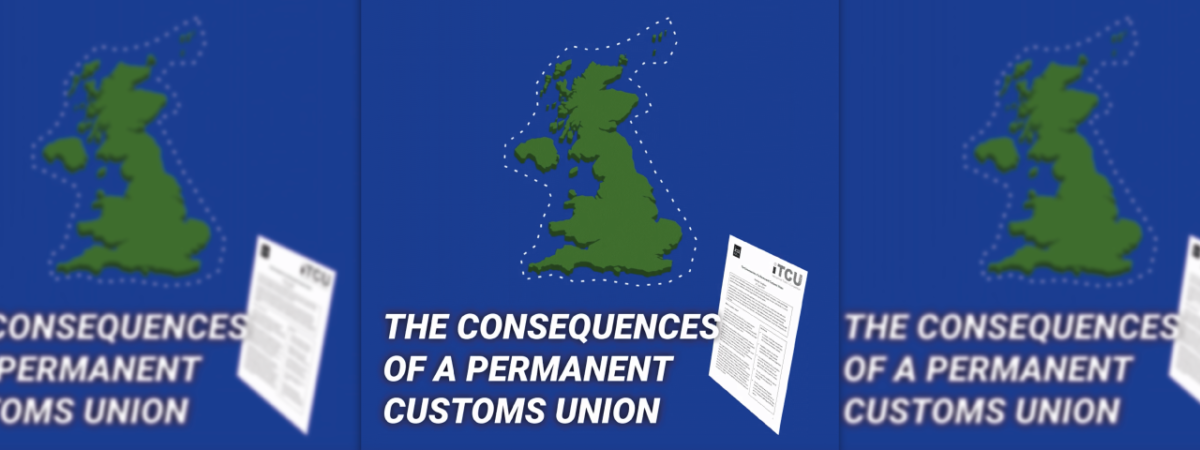Minimum Unit Pricing is paternalistic, regressive and seemingly ineffective
SUGGESTED



Claims about consumption and health
Since no country had previously introduced Scottish-style MUP, a computer model devised by researchers at Sheffield University has been used to give the idea the veneer of “evidence-based policy”. There are a number of problems with the model which I have discussed elsewhere, but no one can complain that it does not give specific predictions. Its most recent estimate for Scotland, published in 2016, claimed that a 50p unit price would lead to exactly 58 fewer alcohol-related deaths, 1,299 fewer alcohol-related hospital admissions, and a 3.5 per cent decline in alcohol consumption — all in the first year.
Crucially, the model assumes that heavy drinkers are more price sensitive than moderate drinkers and, therefore, that the reduction in consumption will be greatest among heavy drinkers (7 per cent) and smallest among moderate drinkers (1.2 per cent).
This flies in the face of a great deal of evidence showing the opposite. A 1995 study chimed with the wider literature when it concluded that “heavy drinkers are much less price elastic than moderate drinkers”, and that “the very heaviest drinkers [may] have perfectly price inelastic demands”. A recent study confirmed this. Noting that “heavy drinkers are much less responsive to price”, Pryce et al. referred directly to the Sheffield model, saying: “If harmful drinkers were less price responsive than moderate drinkers, then the effects predicted in the modelling work will be incorrect”.
It is, of course, possible that a sharp price rise for some drinks (e.g. white cider) will incentivise some problem drinkers to sober up, but it is more likely that heavy drinkers will switch to different beverage categories, drink less in the on-trade (where alcohol is even more expensive), cut down on other outgoings, and/or switch to illegal intoxicants.
The early evidence from Scotland shows plenty of switching between categories but no overall decline. Nielsen sales data [1] indicate that in the first six months, units of alcohol sold (and presumably consumed) in cider and perry dropped sharply while units of alcohol sold in spirits, fortified wine, “alcopops”, and lager rose. Overall, the sale of alcohol (in units) rose by four per cent compared to the same period in 2017.
It is possible that there will be health benefits even if consumption rises. However, it will be difficult to tell whether MUP achieves its aim of reducing alcohol-related mortality because the reduction predicted by the Sheffield model is quite small. In the past decade, the annual number of alcohol-related deaths in Scotland has fluctuated between 1,080 and 1,411 with an average annual change (up or down) of 76. This is more than the 58 deaths that the model predicts will be prevented in the first year. The promised benefits are so small that they will be lost in the noise, if they exist at all. MUP would therefore have to greatly exceed expectations for its benefits, if any, to be evident from routine mortality data. This seems unlikely given the flaws in the model and the early sales data.
Economic impact on drinkers
Gordon Brown rejected MUP in 2009, saying that he did not want “the responsible, sensible majority of moderate drinkers to have to pay more”. Learning the lesson from this setback, campaigners now insist that the policy is targeted at a small minority of harmful drinkers and will have little impact on “moderate” or “responsible” drinkers. One of the Sheffield team has claimed that minimum pricing is “a very well targeted policy because it very specifically affects the alcohol that’s only purchased, really, by heavier drinkers” [2]. His model says that moderate drinkers would only spend an extra £2 per annum on alcohol.
Such claims should be treated with caution. The Sheffield estimate is based on “moderate drinkers” consuming just six units per week, a level of consumption that would be better described as “light” or “occasional”. The Institute for Fiscal Studies found that 70 per cent of alcohol sold in the off-trade was below 50p per unit in 2016, including 86 per cent of lager and 75 per cent of spirits. Clearly this is not all being bought by “heavier drinkers”.
The impact of MUP on moderate drinkers will depend on how much they drink, what brands they prefer, and where they buy it from, but it cannot be assumed to be trivial. We can say with certainty that the population as a whole will spend more money on alcohol and, therefore, have less to spend on other goods and services. As with most “sin taxes”, the poor will be hardest hit, but since MUP is not a tax it will not provide the offsetting benefit of additional tax revenue.
Conclusion
If a minimum price of 50p is “evidence-based”, then what would a minimum price of 60p or 70p be? The Sheffield model suggests that a 70p unit price would be more effective in reducing alcohol-related harm than a 50p unit price. Presumably, a £3 unit price would “work” even better, but nobody is seriously calling for it. Why? Because it would increase the cost of living and make drinking unaffordable for many people. But so does a 50p unit, and it is easy to detect of element of snobbery here. It is deemed acceptable to increase the cost of living for people who tend to buy cheap alcohol, but not for those who can afford more expensive brands. MUP targets off licence beer while leaving the price of champagne untouched.
Drinking is not illegal, nor is it illegal to exceed the government’s gerrymandered guidelines. Insofar as there are external costs associated with alcohol consumption, they are comfortably exceeded by alcohol duty revenues. MUP is a shamelessly paternalistic and patently regressive policy. Unnecessary and seemingly ineffective, it has no place in a free society.
This article was originally published on the Freer blog as part of a set of pieces on social freedoms.
[1] Not publicly available.
[2] Interview on Good Morning Wales, BBC Wales, 22 February 2018.
2 thoughts on “Minimum Unit Pricing is paternalistic, regressive and seemingly ineffective”
Comments are closed.





It is easy to criticise any policy designed to improve Health, whether banning smoking adverts or taxing alcohol. Not so easy though to suggest solutions. Alcohol is addictive and sometimes a paternalistic approach is needed for addictive drugs by restricting supply in some way.
To suggest otherwise from a position of moral principle may make for an interesting philosophical point but does not improve the lives of people blighted by addiction.
but Chris’ argument is not based on moral principle, but on looking at the model of the people who support it. We already have paternalistic policy (very heavy taxes) and MUP does not seem to be the kind of paternalistic policy that will have an effect. Of course, increasingly, heavy drinkers are well-off middle class people for whom MUP would have no effect at all.